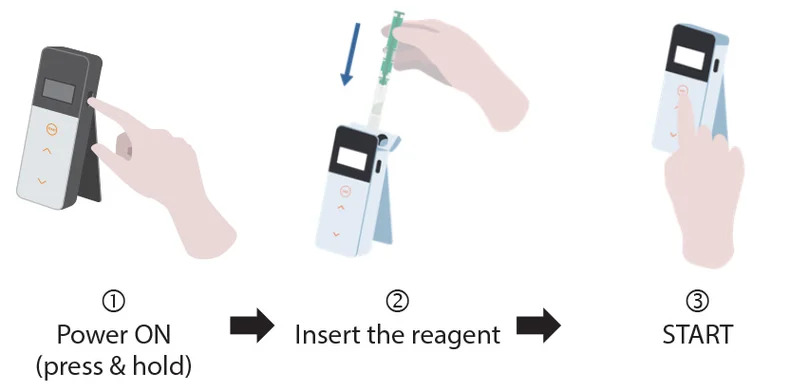Keeping It Simple
The topics I’ll be sharing with you won’t be hard core technical mumble jumbo material you get from a PhD thesis, but a newsletter full of interesting facts and ideas centred around Antibiotic test kits. I’ll also be addressing some of the pressing issues facing the dairy industry but more importantly making you aware of the fundamentals of antibiotic testing and helping improve everyone’s awareness on a simple yet complex topic. You’ll learn about the differences between the rapid antibiotic test kits versus the broad spectrum microbial inhibition test and the advantages and disadvantages of each type. On the other side, you’ll also see how certain farmers are becoming more proactive in their approach to on-farm antibiotic testing. Just imagine finally having a newsletter written by someone from the dairy industry that knows the topic and in a simple, easy to read format. I’ll also be including materials contributed by you. So if you have something of value to add such experiences, technical questions or whatever, please click here to forward your comments or questions to me. Here we go!Understanding Beta-Lactams and Cephalosporins
Now a newsletter on antibiotics wouldn’t be informative if it didn’t include something about the different types of antibiotics available. But rather than give you a long list of every single antibiotics available, which will add to the confusion and complexity, I’ll start by introducing to you the common families of drugs. They include the Beta-Lactam and the Cephalosporins (Beta-lactam). There are many other types of antibiotics used such as Tetracyclines, Macroglides, Sulfonamides, Aminoglycosides and others which I’ll elaborate on in the future.Beta-Lactam Antibiotics
But first, let’s talk about the Beta-lactam antibiotics. Although there are many different antibiotics used in the dairy industry – in fact 6 different groups. The Beta –Lactams are the most common family of antibiotics available for use around the world. That’s because of their low toxicity and its effects against a wide range of micro-organisms. You may ask – with so many different drugs belonging to the same Beta-lactam group, what brings them all together? Well it’s really quite simple; each drug belonging to the group has a distinct ring called the “Beta-lactam ring”. This is shown by the square ring within each of the various chemical structures shown in the picture below. This ring and its derivatives are agents that are active against many micro-organisms, including those causing mastitis. Therefore, different varieties of beta-lactam drugs are due to the different chemical structures – but with the same common square ring.
Family tree of B-Lactam antibiotics























 Exportable Data and Reports for Regulatory Compliance
Exportable Data and Reports for Regulatory Compliance


 See how A3 technology finds what ATP technology can’t
See how A3 technology finds what ATP technology can’t


